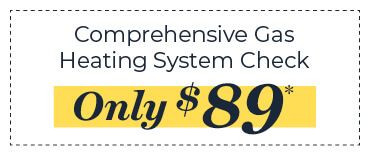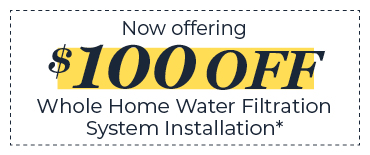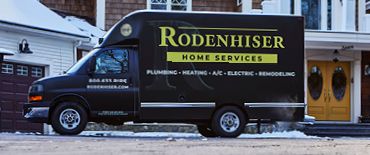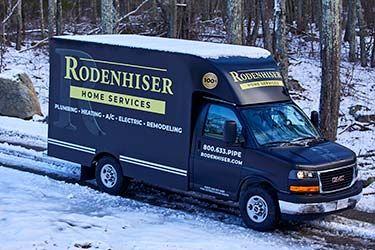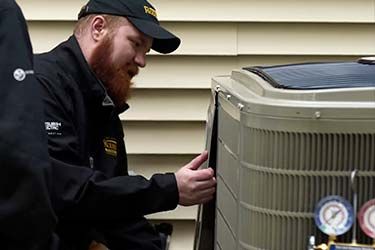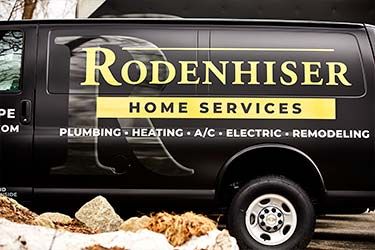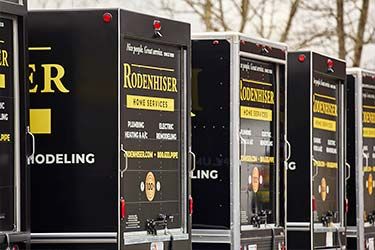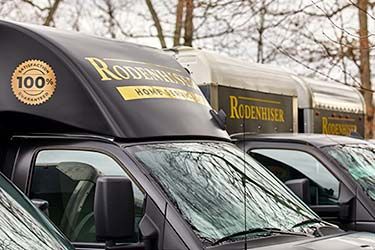
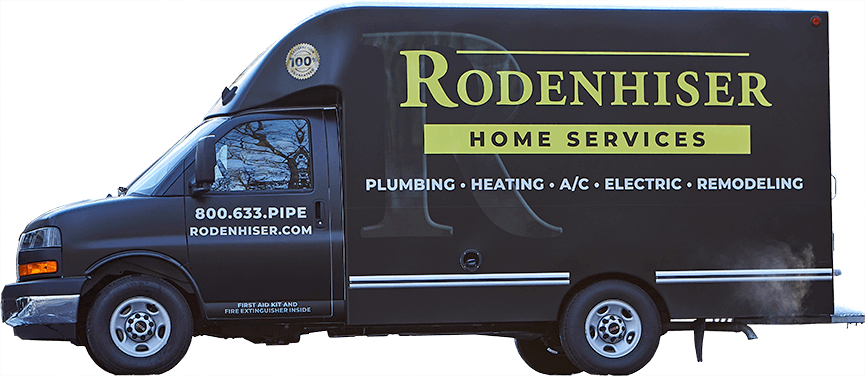
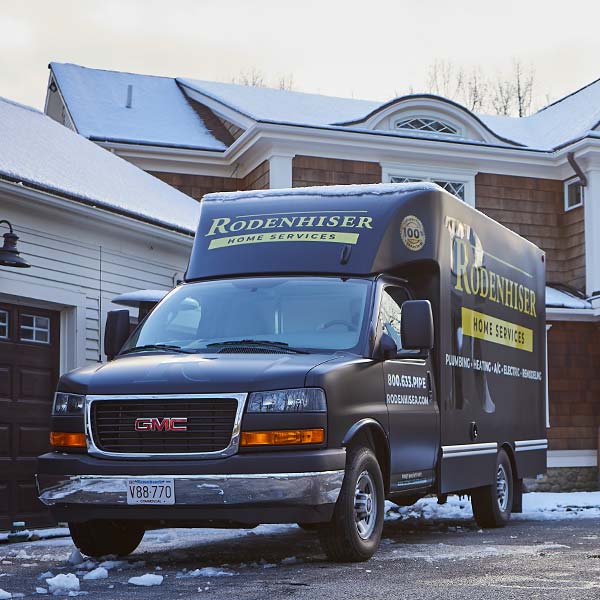

Maximize Energy Dollars With an Energy Recovery or Heat Recovery Ventilator
Fully ventilating the home for a daily dose of fresh air isn’t very practical on cold days in New England. If you would like to find relief from stuffy indoor air during the heating months, discover how energy recovery and heat recovery ventilators can supply fresh outdoor air to your home in a comfortable and efficient manner that won’t break the energy budget.

Whole-House Ventilation
Energy recovery ventilators (ERVs) and heat recovery ventilators (HRVs) are balanced ventilation systems, which provide equal air intake and air discharge to the home. ERVs and HRVs provide controlled fresh air ventilation by utilizing existing or newly installed air ducts.
Balanced ventilation differs from supply and exhaust ventilation systems (with or without ducts), which pressurize or depressurize a home with intake air or discharge air. Supply and exhaust systems force air exchange through leaks and openings in the home’s shell. These ventilation methods don’t save energy, and they may cause dangerous back-drafting of fuel-burning appliances.
How ERVs and HRVs Safely Save Energy
ERVs and HRVs use a heat-exchange core that transfers heat energy between fresh supply air and contaminated discharged air. The air streams circulate simultaneously inside the heat-exchange core separated by thin metal plates. These plates act as a conduit for heat energy transfer, effectively recovering more than 90 percent heat energy of heated indoor air, depending on the system.
ERVs and HRVs differ in that ERVs, in addition to heat transfer, also transfer small amounts of moisture to help regulate indoor humidity. Generally speaking, ERVs are more suitable for warmer climates where humidity management is a concern, and HRVs are suitable for homeowners throughout the Route 495/128 area of Medway MA, who need fresh air in their homes while maintaining reasonable heating bills.
Another benefit of ERVs and HRVs is that air intake may be properly filtered before it enters the living spaces. Uncontrolled ventilation, such as supply, exhaust, or simply opening windows and doors, may introduce more contaminants into the home, which compromises ventilation.
For more information about energy recovery and heat recovery ventilators, please contact us at Rodenhiser Plumbing, Heating & Air Conditioning today.
Image via Shutterstock.com
Nice people.
Great service.
Since 1928Terms & Conditions | Privacy Policy





Read From Over 14,000 Happy Customers
-
Both Alex and Patrick were knowledgeable, courteous, and professional. They made a change that might have solved the recent problem and have structured a more complete solution. We agreed to this...

-
Mike was thorough, thoughtful and considerate. Covered their shoes before entering, surveyed my issue and provided an explanation of the services and costs. Great Job!

-
Alex did a great job providing an explanation of the services provided and went out of his way to offer assistance/advice on other issues outside of our scheduled maintenance visit.

-
Brian did an excellent job inspecting our 18-year old boiler and replacing some of the accessory hardware that needed it, he also adjusted the outgoing hot water settings for our radiators and...

-
Rodenhiser is my one stop shop!!! They take care of my HVAC, electrical, and plumbing issues & are always helpful addressing any questions I may have about the systems in my house! Everyone...

-
Chris G. and Nick V. showed up bright and early at 8am to fix my water heater issue. They were on time, polite and were able to fix an issue that has been plaguing my house for a good year. They...

Call Rodenhiser at
508-321-3089
Call Rodenhiser at 508-321-3089
When you are looking for plumbing, electrical, heating or air conditioning in the Route 495 / 128 area, you will be delighted that you called Medway MA' trusted choice since 1928.
With a total dedication to professional workmanship and excellent service, discover why families and businesses continue to trust Rodenhiser after generations of service
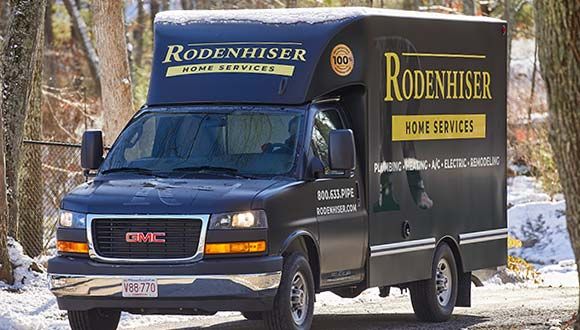
Trusted Plumbers
Fast, On Time
HVAC Experts
Satisfaction Guaranteed
Expert Electricians
Maintenance Plans
CONTACT RODENHISER TODAY
325 Hopping Brook Rd Holliston MA 01746.
-
Master Plumber: #10961
-
Corporate Plumbing: #2288
-
Master Electrician: #23917A
-
Electrical Business: #4804
-
Master Sheet Metal (Unrestricted): #5867
-
Corporate Sheet Metal: #641
-
Home Improvement Contractor: #188806
*Heating system check terms and conditions: Residential Only. Must reside within our service area. Offer only available to 1 unit per household additional units are at full price. Can not be combined with other offers
*Late Season Special Extra Conditions: Gas Systems only. No Discounts on oil systems. Promotional price limited to one system per home, additional systems will be charged at full price. Residential Systems only. Must reside within our service area. *For EV Charger Offer also: valid only when the system is purchased through Rodenhiser.
